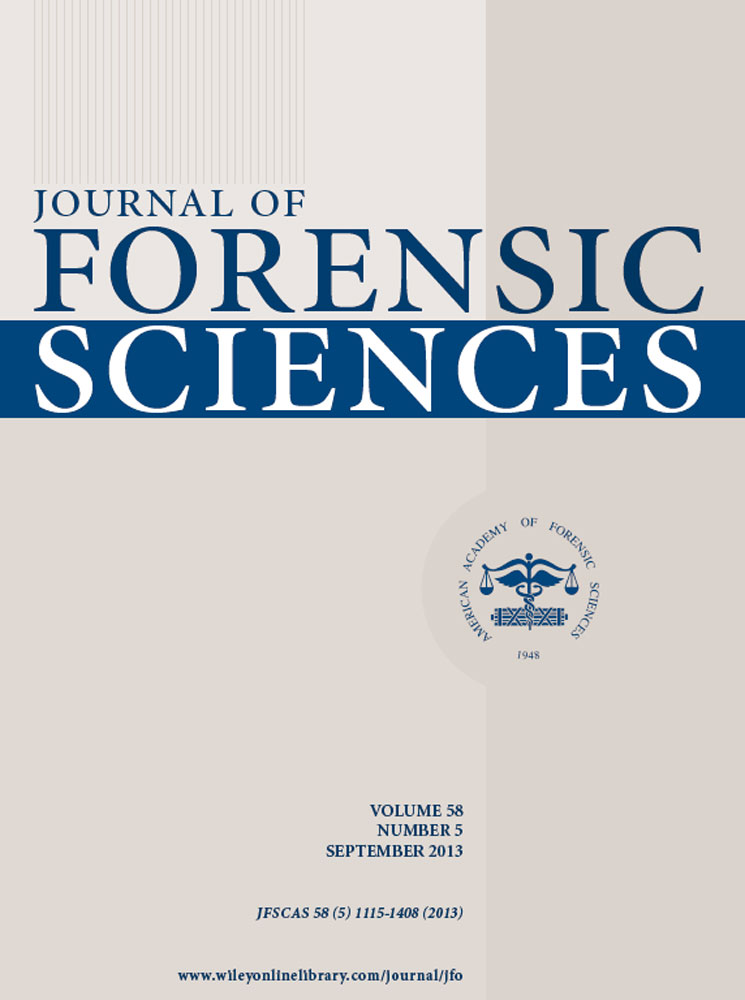Subarachnoid Hemorrhage and Carbon Monoxide Exposure: Accidental Association or Fatal Link?
Abstract
This case study reports a fatal subarachnoid hemorrhage (SAH) with concomitant accidental carbon monoxide (CO) exposure in 32-year-old man. Autopsy results indicated an antemortem aspiration of smoke, and a massive SAH was identified as the cause of death. Intriguingly, the carboxyhemoglobin level was 30%, suggesting that CO could have played a specific role. Intracranial hemorrhages following CO exposure in brain areas and tissues such as the basal ganglia, globus pallidus, or white matter are rare, but well characterized, whereas SAH related to CO exposure has not been previously described. In this case report, the possible role of CO, either as a primary cause or as a facilitating factor, in the pathogenesis of SAH is discussed. In particular, we propose the hypothesis that the excessive vasodilating effects produced by CO on the cerebral endothelium results in consequential loss of microvascular integrity.




